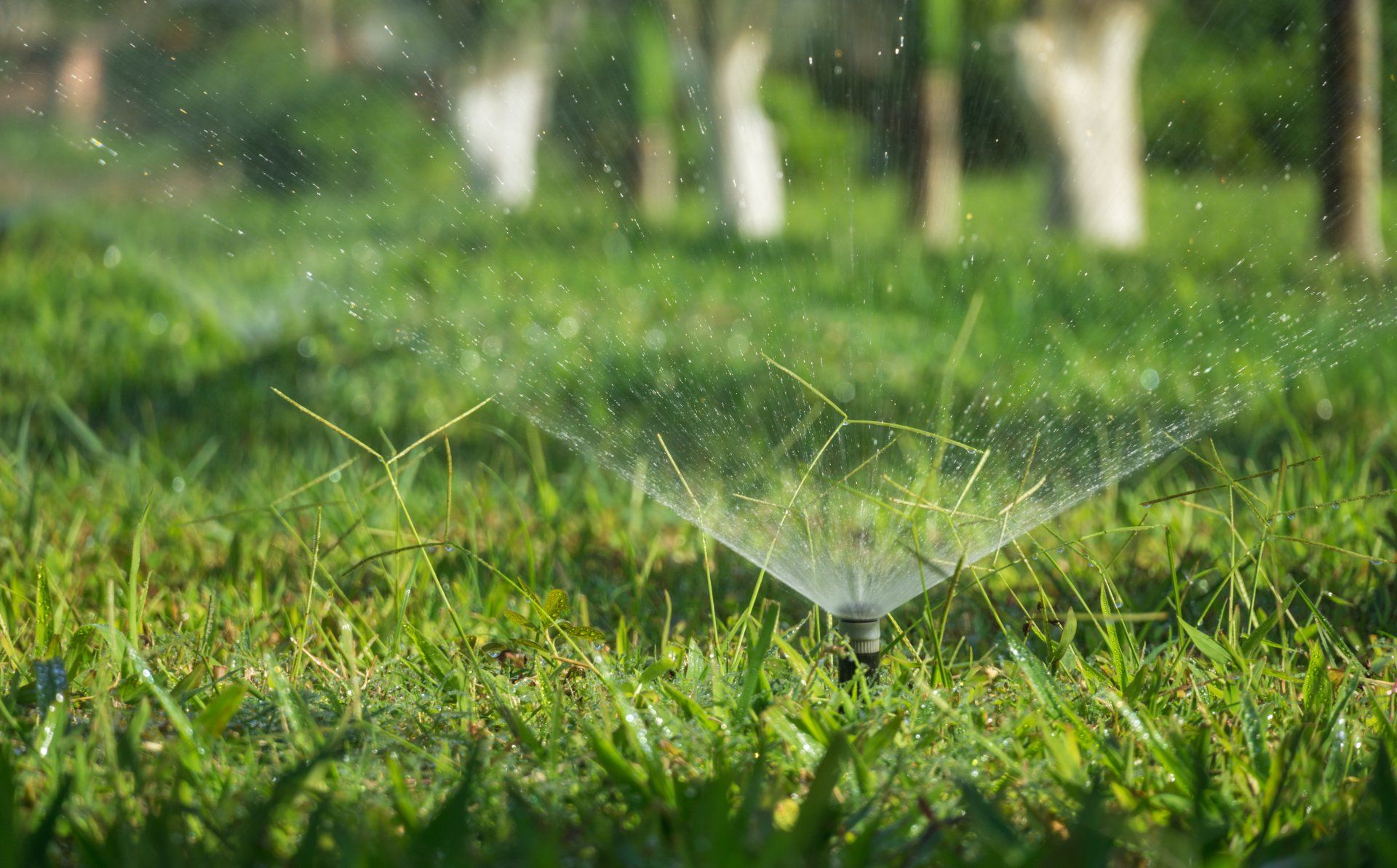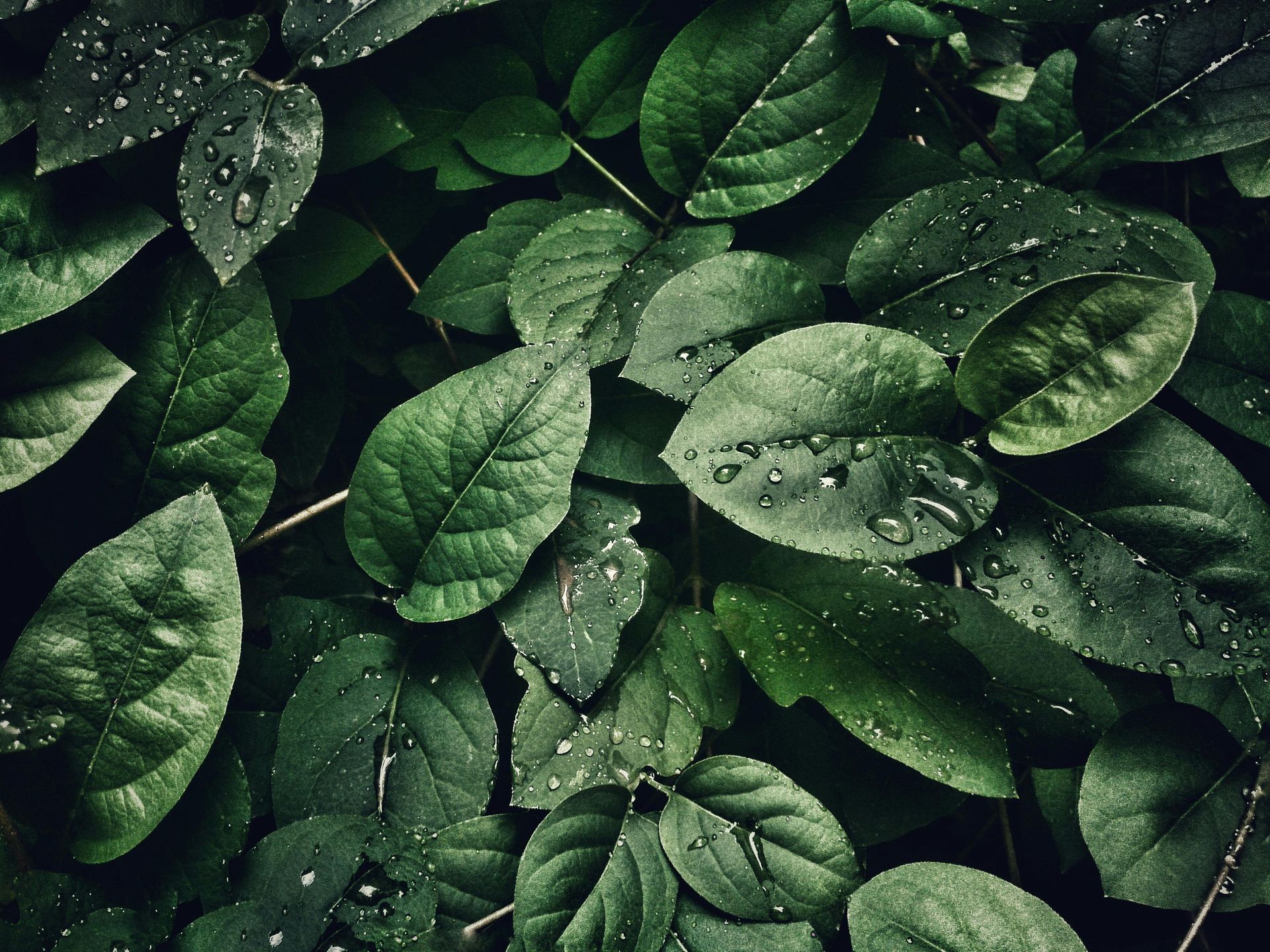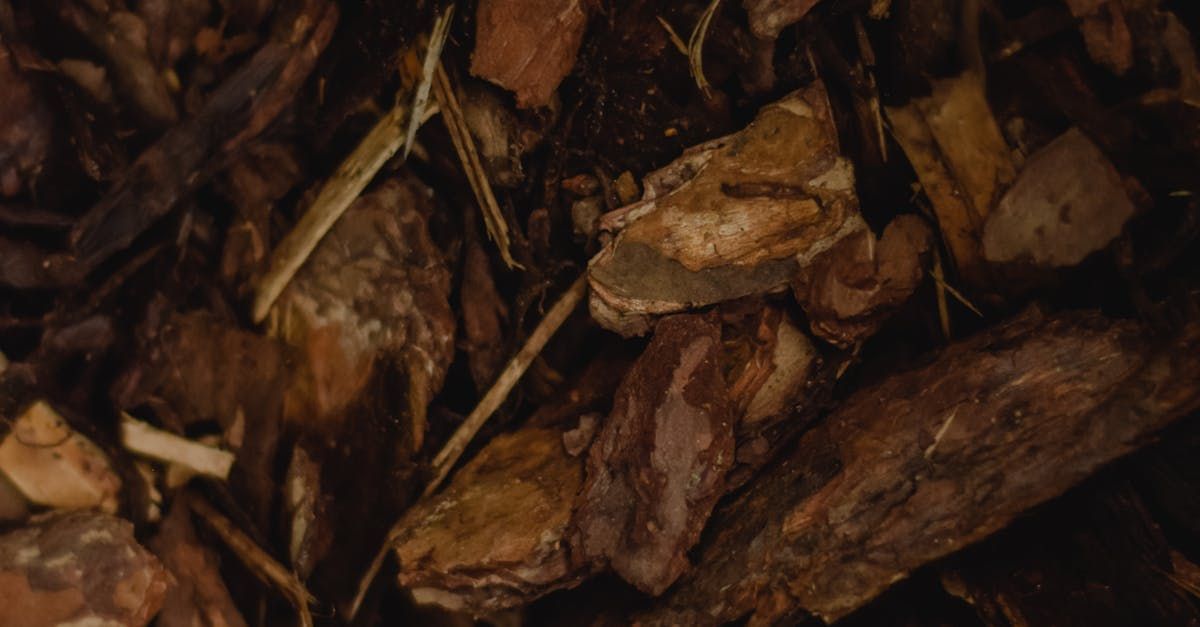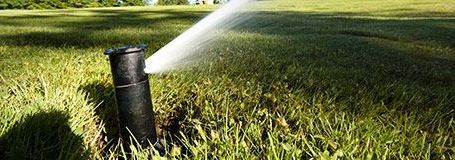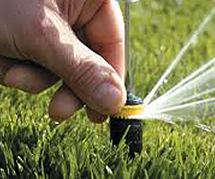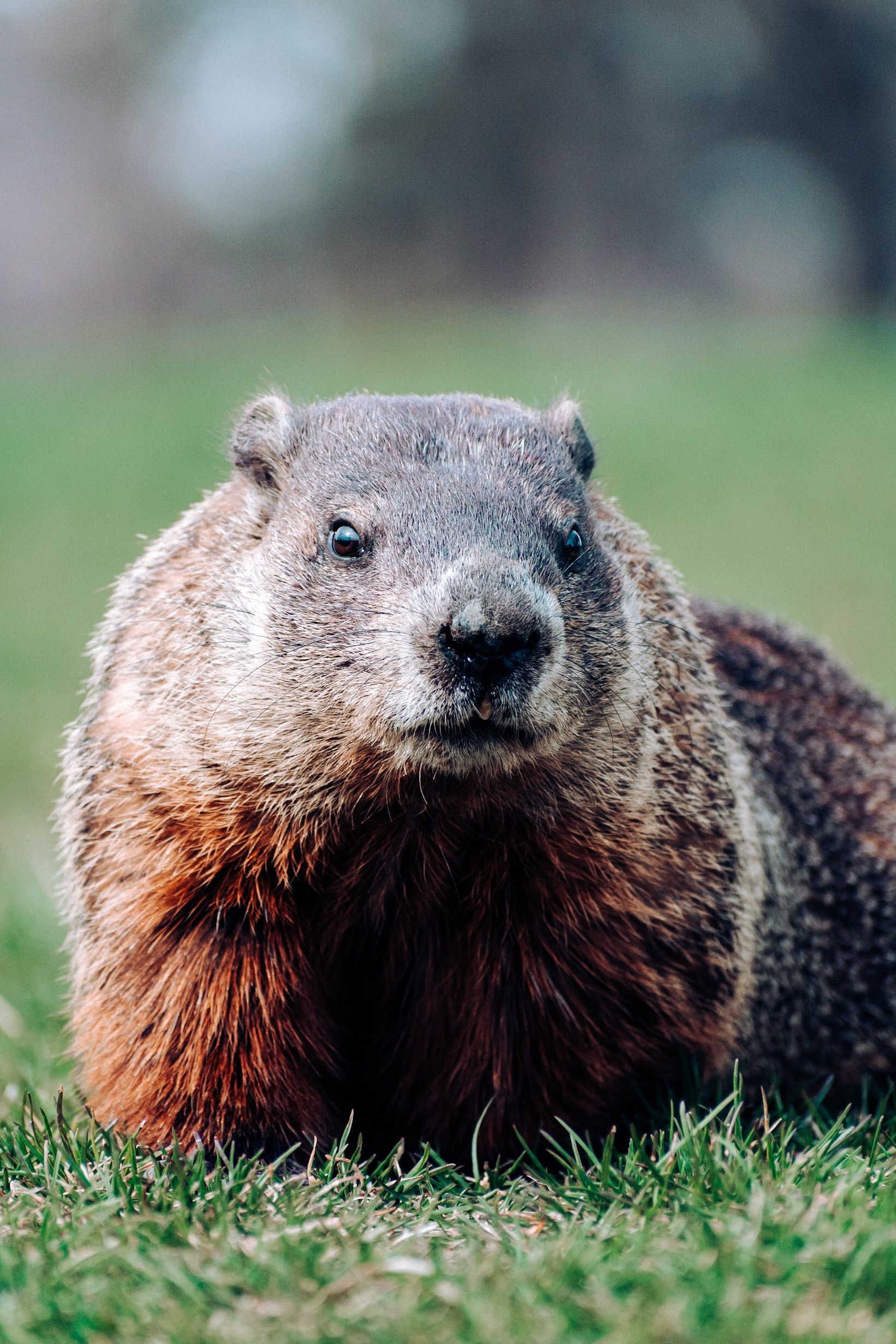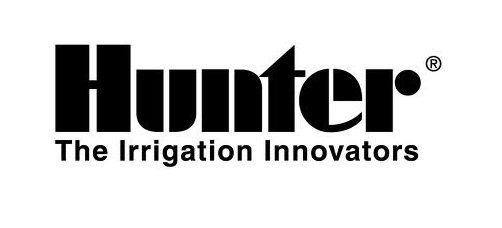What you need to know about
the Spotted Lanternfly in Bucks County.
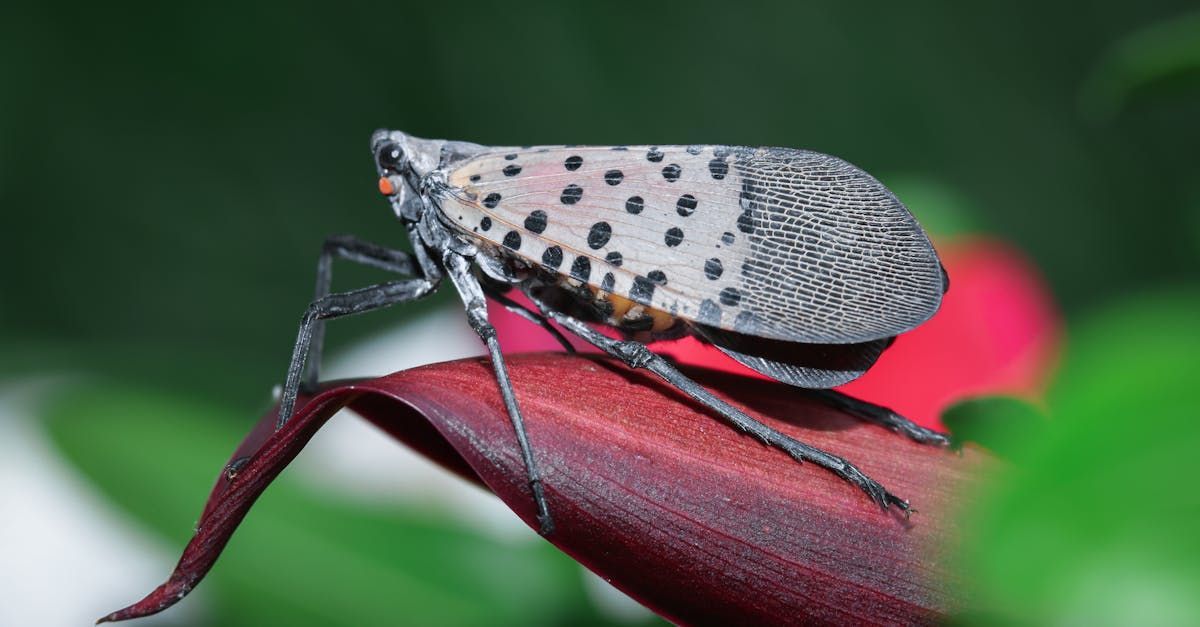
Happy August!!!
We hope you're enjoying the Summer and while it will be Fall before we know it, we wanted to talk about something we've never addressed before in any previous Blogs. Not for any particular reason, but up until the last few years, Spotted Lanternflies weren't really an issue... They certainly can be now, and in this month's Blog we're going to discuss how they can effect your plant life and possibly even your lawn.
Here we go...
The Spotted Lanternfly (Lycorma delicatula) has become a significant concern for homeowners and gardeners in Bucks County, PA. This invasive pest, originally from Asia, has been wreaking havoc on local plant life, posing threats not just to agricultural crops but also to residential lawns and gardens. Understanding the effects of Lanternflies on your landscape can help you take appropriate measures to protect your plants and maintain a healthy, thriving garden.
Identification and Lifecycle
The Spotted Lanternfly is easily recognizable by its distinctive appearance:
- Adults: 1 inch long, with grey wings adorned with black spots and a striking red underwing.
- Nymphs: Black with white spots, turning red as they mature.
- Egg masses: Grey, mud-like patches often found on tree bark, outdoor furniture, and other surfaces.
Understanding their lifecycle—from egg to nymph to adult—can help in timely intervention and control efforts.
Effects on Plant Life
- Feeding Damage Lantern Flies feed on the sap of a wide variety of plants, including trees, shrubs, and vines. Their feeding weakens plants, making them more susceptible to disease and other pests. Commonly affected plants include:
- Trees: Maple, oak, walnut, and birch.
- Fruit plants: Grapevines, apple trees, and stone fruits.
- Ornamental plants and shrubs.
- Sooty Mold Growth As Lantern Flies feed, they excrete a sugary substance called honeydew, which promotes the growth of sooty mold. This black, sooty fungus can cover leaves and stems, interfering
with photosynthesis and further weakening plants. - Stunted Growth and Plant Death Severe infestations can lead to stunted growth, leaf wilting, and even the death of plants. Young plants and trees are particularly vulnerable to damage.
Effects on Lawns
While Lantern Flies primarily target trees and shrubs, their presence can indirectly affect lawns:
- Increased Pest Activity The honeydew excreted by Lantern Flies attracts other pests, such as ants and wasps, which can create additional problems for your garden and lawn areas.
- Damage to Shade Trees Trees providing shade to lawns are often targeted by Lantern Flies. Damage to these trees can reduce shade cover, leading to increased sunlight exposure and stress on your lawn grass.
- Spread of Weeds Weakened or dying plants and trees can create openings for weeds to establish themselves, leading to more competition for water and nutrients.
Control and Prevention
- Regular Inspection and Removal Inspect your plants regularly for signs of Lantern Fly activity. Remove and destroy egg masses, nymphs, and adults by scraping, squishing, or using sticky bands on tree trunks.
- Chemical Treatments Insecticides can be effective in controlling Lantern Fly populations. Consult with local extension services or professional pest control for recommendations on safe and effective products.
- Tree Banding Use sticky bands around tree trunks to trap nymphs as they climb up to feed.
Replace the bands regularly to maintain their effectiveness. - Promoting Beneficial Insects encourage the presence of natural predators, such as birds and certain insects, which can help keep Lantern Fly populations in check.
- Public Awareness about the latest developments in Lanternfly control efforts and report sightings to local agricultural authorities to help track and manage the spread of this invasive pest.
The Spotted Lanternfly poses a serious threat to lawns and plant life in Bucks County, PA. By understanding their impact and implementing effective control measures, homeowners can protect their gardens and landscapes from significant damage. Regular monitoring, combined with proactive management strategies, can help mitigate the effects of this invasive pest and ensure a healthy, vibrant garden.
So as we roll into another hot & humid Summer Month, hopefully you'll keep an eye out for these trouble-makers that can really do some damage on your plant and lawn life!
Thanks for checking in!
- CB Irrigation In
**We do not provide installation, products or service in the State of New Jersey**
© 2024 All Rights Reserved | CB Irrigation Inc.
Contact Us
215.493.6948
paul@cbirrigationinc.com
Yardley, Pa 19067
Serving Lower Bucks County and surrounding areas since 1981.
Contact Us
Thank you for contacting us.
We will get back to you as soon as possible!
Oops, there was an error sending your message.
Please check that you filled out the form fields correctly and please try again, thank you!



